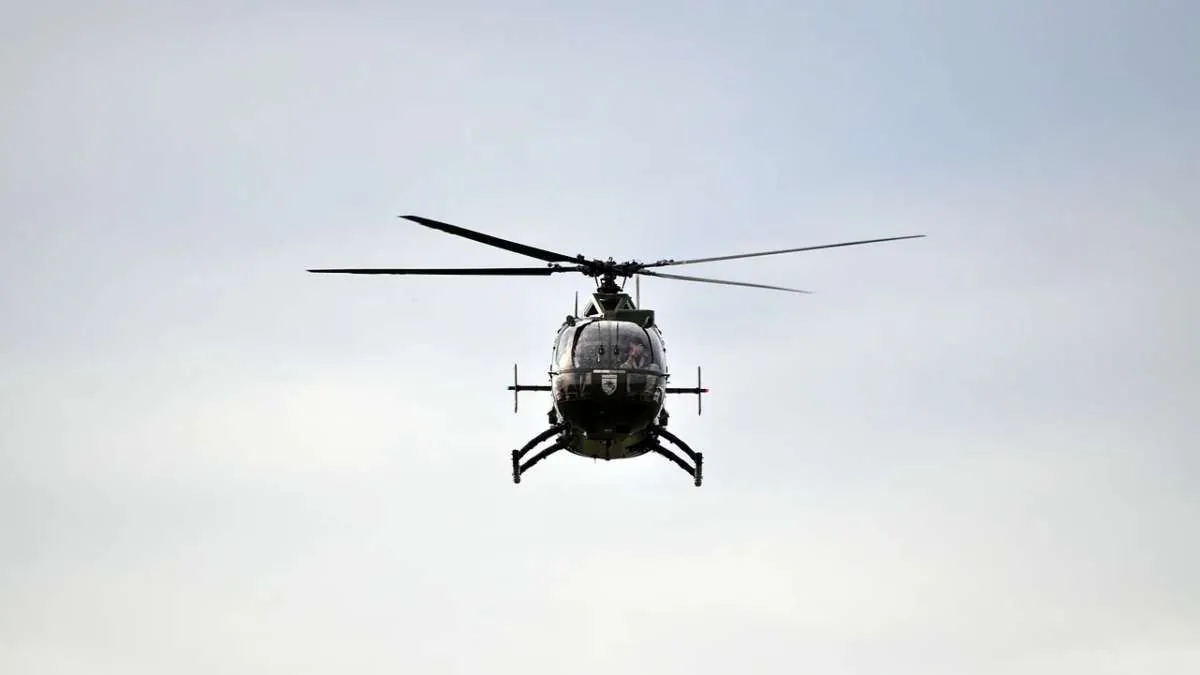Five days ago, on August 26, 2024, a Mi-8 helicopter carrying 22 individuals disappeared in Russia's far eastern Kamchatka region, prompting an extensive search operation. The aircraft, which departed from an area near the Vachkazhets volcano complex, failed to reach its intended destination as scheduled.
Russia's Federal Air Transport Agency reported that the helicopter was transporting 19 passengers and three crew members. The agency, responsible for overseeing civil aviation in the country, has been coordinating the search efforts in collaboration with local authorities.
The Kamchatka Peninsula, known for its challenging terrain and volcanic activity, presents significant obstacles for search and rescue operations. With over 300 volcanoes dotting the landscape, including the now-extinct Vachkazhets complex, the region's geography complicates aerial and ground searches. Additionally, the area is prone to extreme weather conditions, including dense fog and strong winds, further hindering rescue efforts.
The missing aircraft is a Mi-8, a twin-engine helicopter designed in the 1960s. First introduced in 1967, the Mi-8 has become one of the world's most-produced helicopters, with over 17,000 units manufactured. Its versatility has led to its adoption by more than 50 countries for both civilian and military applications.
Despite its widespread use, the Mi-8 has been involved in numerous incidents throughout its operational history. The helicopter's capacity to carry up to 24 passengers or 4,000 kg of cargo has made it a crucial asset for transportation in Russia's vast and often remote territories.
The search for the missing helicopter underscores the importance of air travel in accessing isolated areas of Russia, particularly in regions like Kamchatka where ground transportation is limited. However, it also highlights the risks associated with flying in such challenging environments.
As the search continues, authorities are utilizing all available resources to locate the missing aircraft and its occupants. The incident serves as a reminder of the ongoing challenges faced by aviation in remote and geographically complex regions, even with modern aircraft and safety protocols in place.
